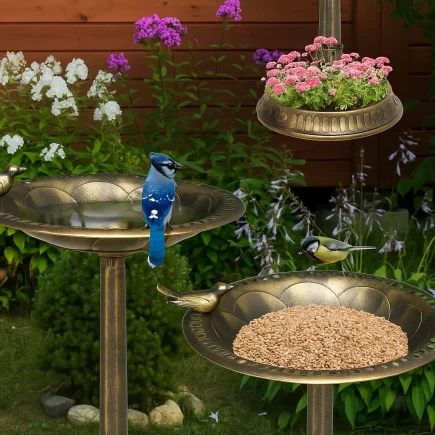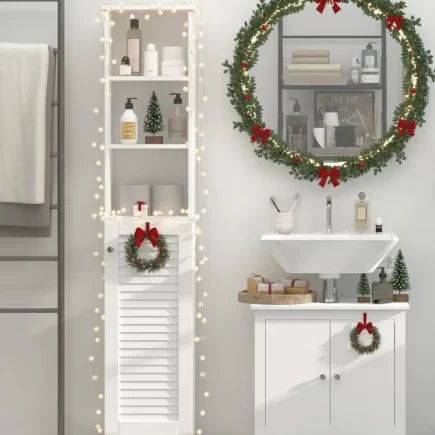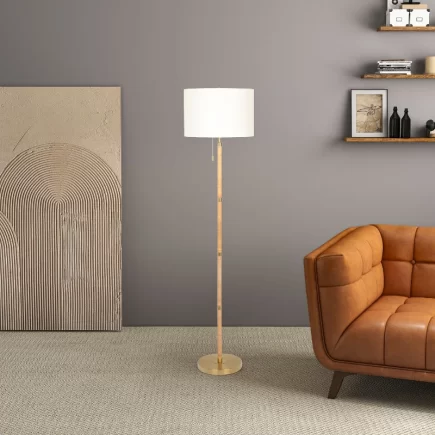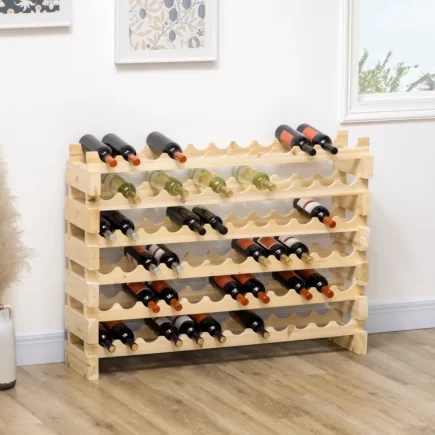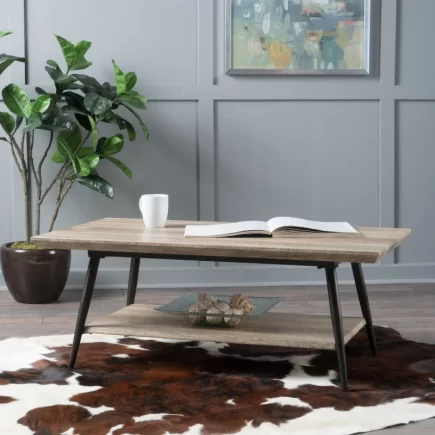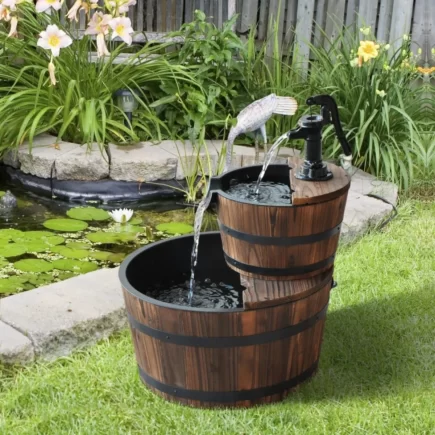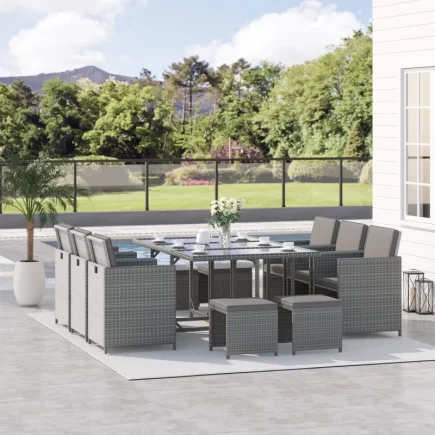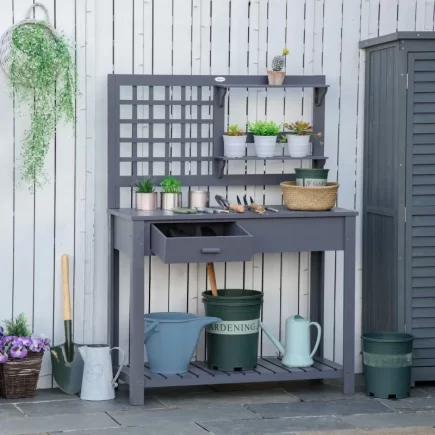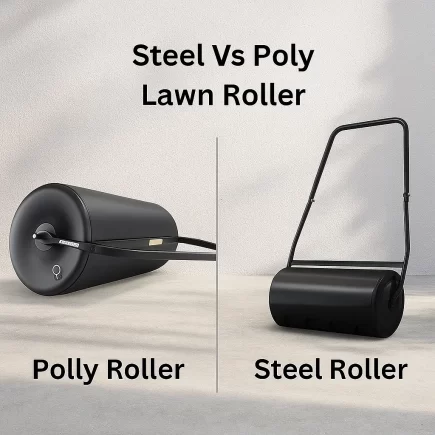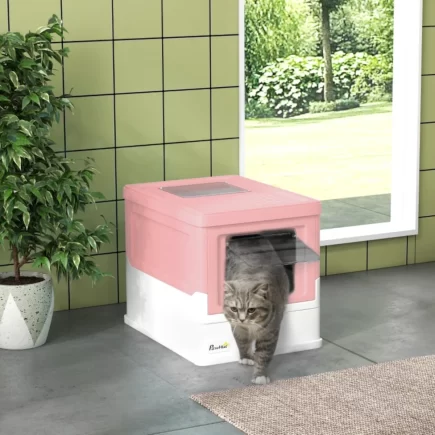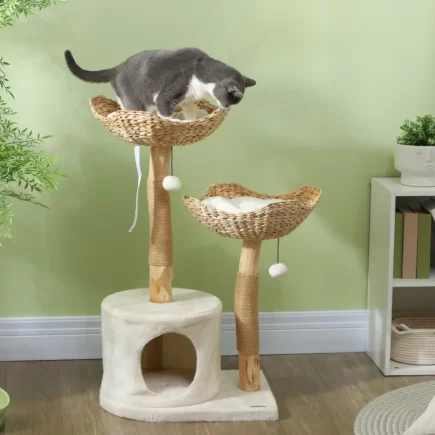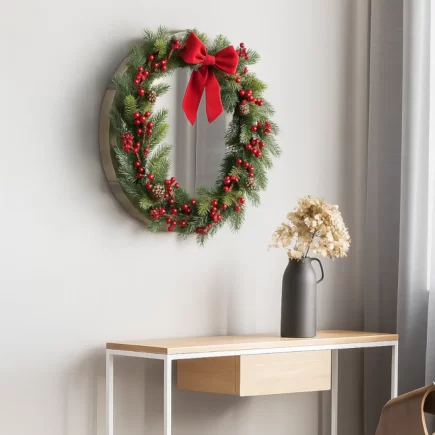A boxwood topiary ball is one of the easiest ways to bring a touch of classic greenery into your home or garden. Its perfectly rounded shape adds structure, balance, and a polished look that works in both modern and traditional spaces.

The best part is you don’t need to spend a lot of money buying one. With a few basic materials, some greenery, real or artificial, and a little time, you can make your own topiary ball that looks just as professional as store-bought versions. This guide will walk you step by step through the process so you can create a beautiful piece of decor that lasts.
Materials and Tools You’ll Need
Before diving into the step-by-step process, let’s make sure you have the right supplies. Having everything ready will make the process smoother and more enjoyable.
| Material/Tool | Purpose | Helpful Tips |
| Foam or Styrofoam Ball | Serves as the main base for attaching greenery | Choose dense foam so pins or glue hold firmly |
| Real Boxwood Clippings | Provide authentic greenery for outdoor projects | Use fresh, healthy stems about 3–4 inches long |
| Faux Boxwood Stems | Offer long-lasting greenery for indoor or event decor | Buy high-quality, UV-resistant faux stems |
| Hot Glue Gun & Glue Sticks | Secures artificial greenery to foam base | Use low-temp glue to avoid melting plastic leaves |
| Floral Pins or U-Pins | Attach real stems securely to foam | Stainless steel pins prevent rust outdoors |
| Wooden Dowel or Stick | Acts as the main support pole | At least 12–18 inches long for stability |
| Pot or Planter | Holds and displays the topiary | Choose a heavy planter to avoid tipping |
| Soil, Sand, or Rocks | Adds weight and stability inside the planter | Rocks provide the most secure base |
| Scissors or Garden Shears | For trimming stems and shaping the sphere | Keep blades sharp for cleaner cuts |

Pro Tip: If you’re making multiple topiary balls, buy foam bases and faux greenery in bulk, it’s more cost-effective and ensures consistency in appearance.
Preparing the Base: Foam Ball or Planter Setup
The base is the foundation of your project. If it isn’t prepared correctly, your topiary may wobble, lean, or collapse.
- Select Your Foam Ball: Most DIY topiary balls range from 8 to 12 inches, but you can go larger if you want a dramatic effect.
- Insert the Dowel: Push the wooden dowel halfway into the foam ball. This will act as the “stem” and provide balance.
- Prepare the Planter: Fill the planter with soil, sand, or rocks to give it weight. Avoid lightweight fillers that won’t stabilize the dowel.

- Anchor the Base: Insert the other end of the dowel into the filled planter. Press firmly until it stands straight without wobbling.

Pro Tip: For outdoor topiary balls, choose a wide, heavy planter that can withstand wind. Adding decorative stones at the top not only improves stability but also enhances the look.
Cutting and Prepping Boxwood Clippings
The greenery is what makes your topiary lush and natural. How you prepare it will affect the final finish.
- For Real Boxwood: Cut clippings about 3–4 inches long. Remove leaves from the lower ½ inch of the stem so it can be inserted or pinned easily into the foam. Use fresh, flexible stems, not dry or brittle ones.
- For Faux Boxwood: Most artificial boxwood comes in clusters. Use scissors to snip them into smaller sections that are easier to work with.

Pro Tip: Don’t trim all the greenery at once. Cut in stages so you can adjust stem length as you go. This prevents waste and ensures a consistent look.
Attaching Greenery to the Foam Ball evenly
Now comes the creative part, covering the foam ball with greenery.
- Start at the Top: Insert your first stem or faux sprig at the very top of the foam ball.
- Work in Sections: Imagine the foam ball divided into four quarters. Cover one section before moving to the next for even distribution.
- Secure each Stem: For real greenery, pin stems into the foam with floral pins. For faux, apply a dab of hot glue at the base and press into the foam.

- Overlap edges: Place each stem so it slightly overlaps the previous one, creating a seamless, full appearance.
Pro Tip: Step back every 15 minutes and rotate the ball to check for uneven coverage. Catching gaps early saves time later.
Filling Gaps and Preventing Bald Spots
even if you’re careful, small gaps will appear. Addressing them ensures your topiary looks professional.
- Identify Gaps: Hold the topiary at eye level and rotate it in good lighting.
- Use Short Stems: Save the smallest clippings to fill empty spaces.
- Blend Seamlessly: Insert filler stems at angles so they blend with existing greenery.
Pro Tip: Keep a few sprigs aside just for gap-filling. They’re your secret weapon for creating a lush, even finish.
Shaping and Trimming into a Perfect Sphere
Once the foam ball is fully covered, it’s time to refine the shape.
- Use Shears or Scissors: Trim pieces that stick out too far.

- Rotate as You Trim: Work around the ball evenly, checking from all sides.
- Aim for Symmetry: The goal is balance, not rigid perfection. A slightly natural variation makes the ball look more realistic.

Pro Tip: Place the topiary on a table and look at it from above. This top-down view reveals uneven areas that are hard to see from the side.
Securing the Topiary to a Pot or Stand
Your topiary is nearly complete, but securing it properly is key to its longevity.
- Small Topiary Balls: Use lightweight decorative pots for indoor spaces.
- Medium to Large Balls: Choose sturdy, weighted planters filled with rocks or sand.
- Extra Security: Apply hot glue where the dowel meets the planter to lock it in place.
Placement Ideas
- Indoors: entryways, fireplaces, office lobbies, or living room corners.
- Outdoors: Porch steps, patio corners, or flanking a front door for symmetry.
- events: Weddings, graduation parties, or corporate gatherings where decor must withstand traffic.
Pro Tip: Balance pot size with ball size. A wide planter with a small ball looks unfinished, while a small planter with a large ball may tip over.
Creative Customization Ideas (Ribbons, Moss, Seasonal Decor)
One of the advantages of DIY topiary balls is that you can tailor them to different occasions and seasons.
- Ribbons and Bows: Add colorful ribbons for holidays or special celebrations. Red for Christmas, pastel for spring, or metallic for weddings.
- Moss Accents: Insert patches of moss around the base of the ball or planter for a more natural finish.
- Seasonal Decor: Swap out small accents throughout the year. Ornaments for Christmas, faux flowers for spring, or tiny pumpkins for fall.
Common Mistakes to Avoid
Even with a clear guide, beginners sometimes make errors that affect the final look. Avoid these pitfalls:
- Using a weak foam base: Cheap foam won’t hold stems or pins securely.
- Cutting stems too long: This creates an uneven surface that’s difficult to correct.
- Skipping stability: A lightweight planter will tip over easily, especially outdoors.
- Over-trimming: Cutting too much at once leads to bald spots that are hard to fill.
- Not checking angles: Focusing on one side without rotating leaves the ball lopsided.
Making a Boxwood Topiary Ball yourself is a simple, budget-friendly project that delivers a big impact. By following the steps, from preparing the base to trimming the final shape, you’ll end up with a piece that looks polished and stylish.
Whether you use real boxwood for a living accent or artificial greenery for a low-maintenance option, your DIY topiary ball will bring charm and elegance to any space. With minimal care and a few creative touches, it will stay beautiful season after season, giving your home a timeless, welcoming look.
FAQs
1. Can I use other greenery instead of boxwood?
Absolutely. You can use eucalyptus, ivy, or myrtle for a softer or more fragrant finish. These options, whether real or artificial, add variety and still hold their shape beautifully for long-lasting decor.
2. What size planter works best for large topiary balls?
For topiary balls larger than 12 inches, choose a planter that’s at least half as wide as the ball with enough depth to hold soil, sand, or rocks. This extra weight keeps the topiary stable, especially outdoors in windy conditions.
3. Can I add fragrance to artificial boxwood balls?
Yes, you can mist faux greenery with a diluted essential oil mix or place a scented sachet at the base of the planter. This adds a subtle, pleasant aroma without damaging the artificial leaves or affecting their color.
4. How do I hang a topiary ball instead of planting it?
You can screw a sturdy hook into the foam base, reinforce it with glue, and attach a chain, ribbon, or fishing wire. Hang it from porches, pergolas, or garden hooks for a floating, decorative look that adds instant charm.

